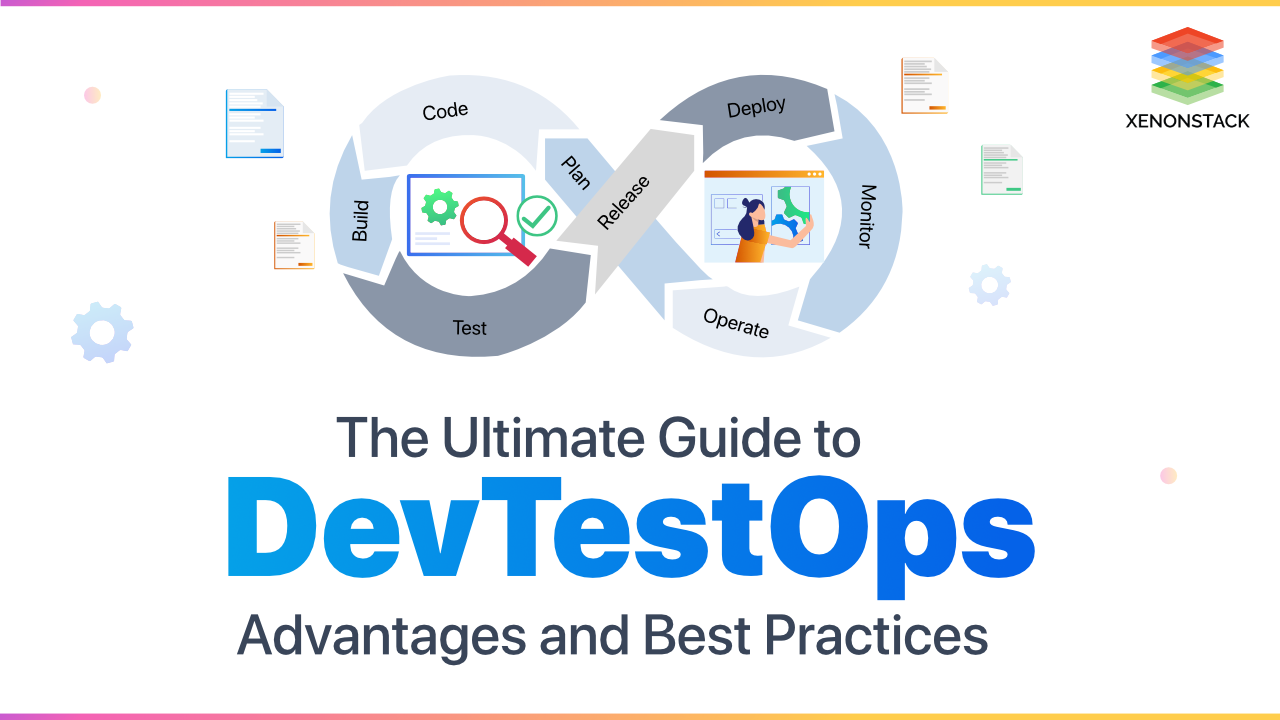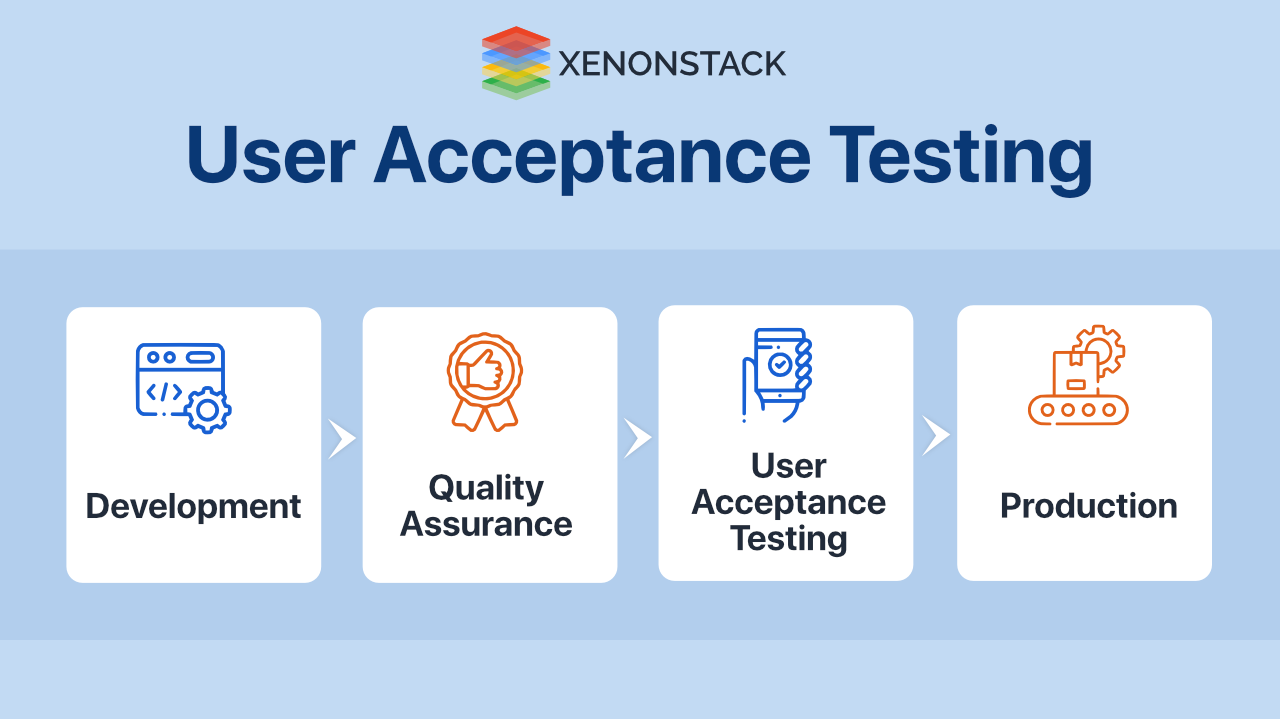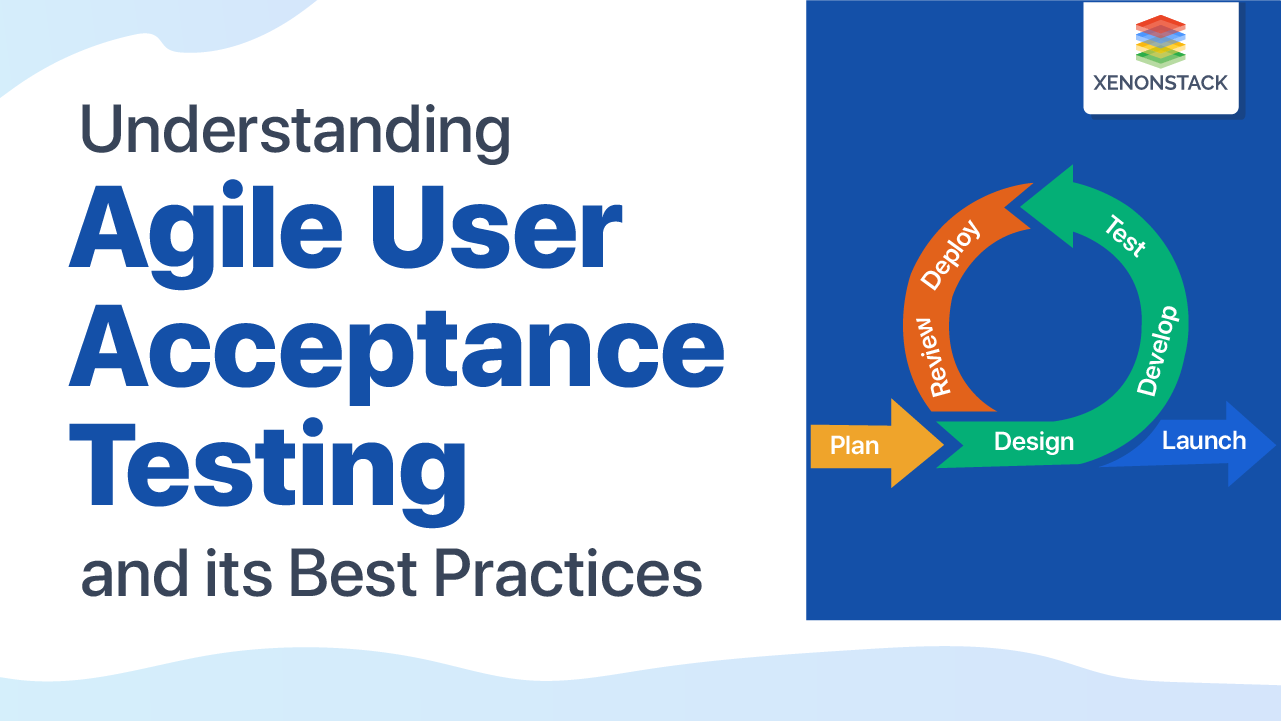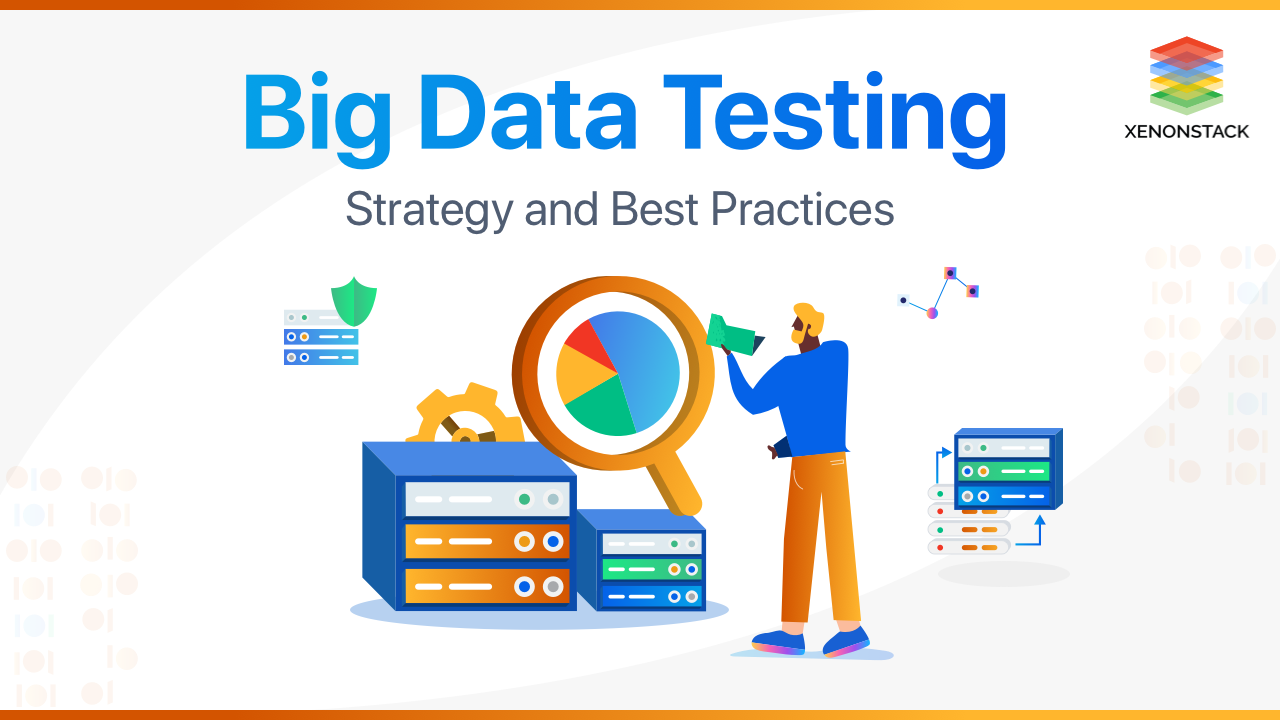
Introduction to Big Data Testing Strategies
Big Data testing is the process of verifying and ensuring the functionality, accuracy, and performance of Big Data applications. Big Data refers to vast amounts of information that traditional data storage and management systems cannot process or store effectively. These data sets are often large, complex, and come in various formats, ranging from structured to unstructured data, such as flat files, images, videos, and more.
Big Data encompasses various testing strategies to ensure its proper functioning across different areas. Some of the most common testing types in Big Data projects include:
- Database Testing: Ensures data is correctly stored, retrieved, and queried from databases.
- Infrastructure Testing: Validates the hardware, software, and network components that support Big Data platforms.
- Performance Testing: Assesses how well Big Data systems perform under different loads and how quickly data is processed.
- Functional Testing: Ensures the Big Data system behaves as expected, meeting business and technical requirements.
There are various major challenges that come into the way while dealing with it which need to be taken care of with Agility. Click to explore about, Top 6 Big Data Challenges and Solutions to Overcome
How do Big Data Testing Strategies work?
There are various steps involved in its strategies working:
Data Ingestion Testing
This data is collected from multiple sources such as CSV, sensors, logs, social media, etc., and further stored in HDFS. In this testing, the primary motive is to verify whether the data is adequately extracted and correctly loaded into HDFS. Tester has to ensure that the data properly ingests according to the defined schema and also has to verify that there is no data corruption. The tester validates the correctness of data by taking some little sample source data and, after ingestion, compares both source data and ingested data with each other. And further, data is loaded into HDFS into desired locations. Tools - Apache Zookeeper, Kafka, Sqoop, FlumeData Processing Testing
In this type of testing, the primary focus is on aggregated data. Whenever the ingested data processes, validate whether the business logic is implemented correctly or not. And further, validate it by comparing the output files with the input files. Tools - Hadoop, Hive, Pig, OozieData Storage Testing
The output is stored in HDFS or any other warehouse. The tester verifies the output data is correctly loaded into the warehouse by comparing the output data with the warehouse data. Tools - HDFS, HBaseData Migration Testing
Majorly, the need for Data Migration is only when an application is moved to a different server or if there is any technology change. So basically, data migration is a process where the entire data of the user is migrated from the old system to the new system. Data Migration testing is a process of migration from the old system to the new one with minimal downtime and no data loss. For smooth migration (elimination of defects), it is essential to carry out Data Migration testing. There are different phases of migration test -- Pre-Migration Testing - In this phase, the scope of the data sets and what data is included and excluded. Many tables, counts of data, and records are noted down.
- Migration Testing - This is the actual migration of the application. In this phase, all the hardware and software configurations are checked adequately according to the new system. Moreover, verifies the connectivity between all the components of the application.
- Post_Migration Testing - In this phase, check whether all the data migrated or not in the new application there is any data loss or not. Is any functionality changed or not?
Interested in deploying or migrating an existing data center? See how to perform Data Center Migration
Performance Testing Overview
All the applications involve the processing of significant data in a very short interval of time, due to which there is a requirement for vast computing resources. And for such types of projects, architecture also plays an important role here. Any architecture issue can lead to performance bottlenecks in the process. So it is necessary to use Performance Testing to avoid bottlenecks. Following are some points on which Performance Testing is majorly focused:- Data loading and Throughput - In this area, the rate at which the data is consumed from different sources and the rate at which the data is created in the data store are observed.
Data Processing Speed
- Sub-System Performance - In this, the performance of the individual components tested which are part of the overall application. Sometimes it is necessary to identify the bottlenecks.
- Functional Testing / Integration Testing

How to adopt Big Data Testing?
Steps to adopt its testing strategies are listed below:
- Implement Live integration - Live integration is important as data comes from different sources. Perform End-to-End Testing.
- Data Validation - It involves validating data into the Hadoop Distributed File System. It includes the comparison of source data with the added data.
- Process Validation - After comparison, process validation involves Mapreduce validation, Business Logic validation, Data Aggregation and Segregation, and checking key-value pair generation.
- Output Validation - It involves the elimination of data corruption, successful data loading, maintenance of data integrity, and comparing HDFS data with target data.
The revolution in it is starting to transform how companies organize, operate, manage talent, and create value. Source- Big Data
What are the top 5 benefits of Big Data Testing?
The top 5 benefits are:
- Data Validation Testing
- Improved Business Decisions
- Minimizes losses and increases revenues
- Quality Cost
- Improved market targeting and Strategizing
Why Big Data Testing is important?
It plays a vital role in its Systems. If its systems are not appropriately tested, it will affect business, and it will also become tough to understand the error, the cause of the failure, and where it occurs. Due to this, finding the solution to the problem also becomes difficult. If its Testing is performed correctly, it will prevent wasting resources in the future.
What are the best practices of Big Data Testing?
The below mentioned are the best practices of its Testing:
- Testing based on requirements
- Prioritize the fixing of bugs
- Stay connected with the context
- To save time, automate it
- The test objective should be clear
- Communication
- Technical skills
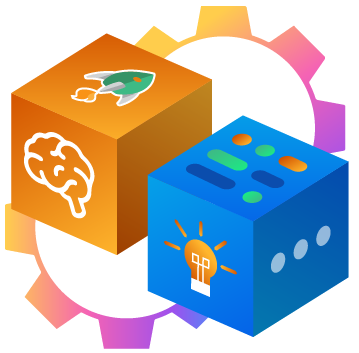
What are the best tools for Big Data Testing?
There are various Big Data Testing tools/components -- HDFS (Hadoop Distributed File System)
- Hive
- HBase
Concluding the Holistic Strategy
- Discover more about What is Database Testing?
- Explore here about Data Validation Testing Tools and Techniques
- Click to know about System Testing Types, Best Practices, and Tools
